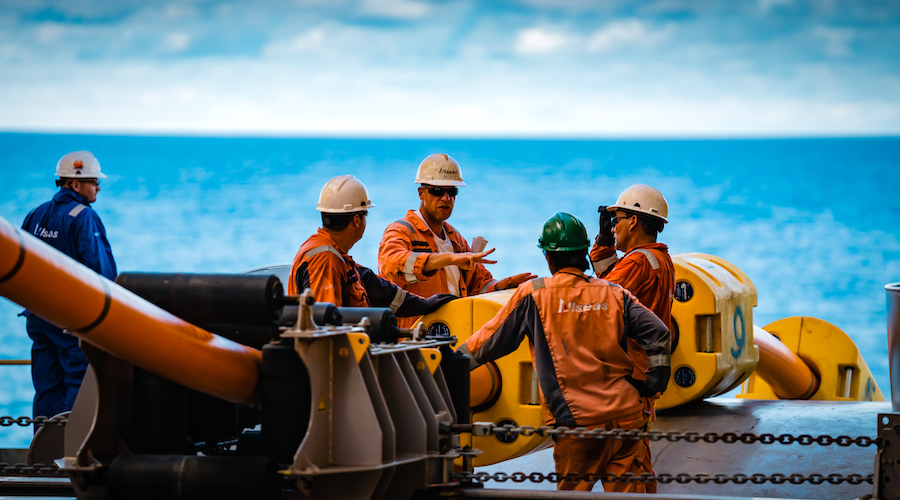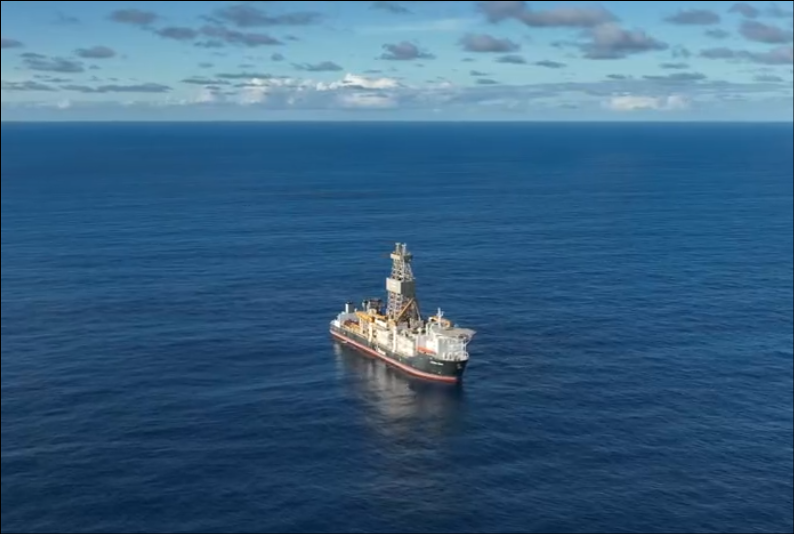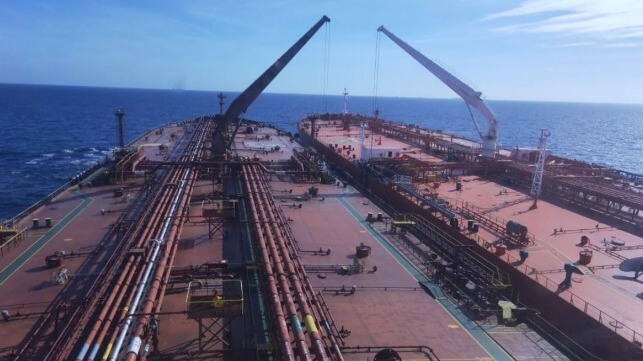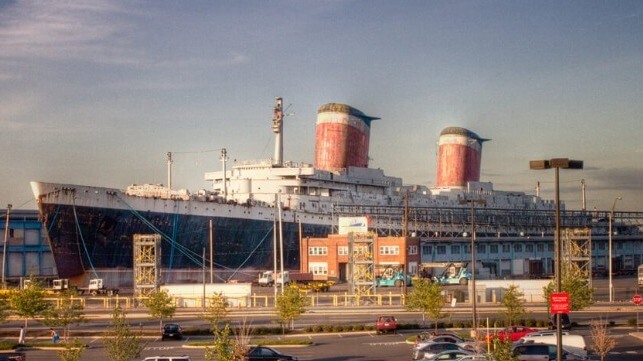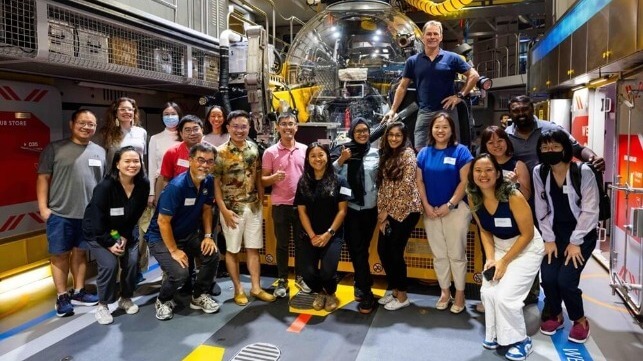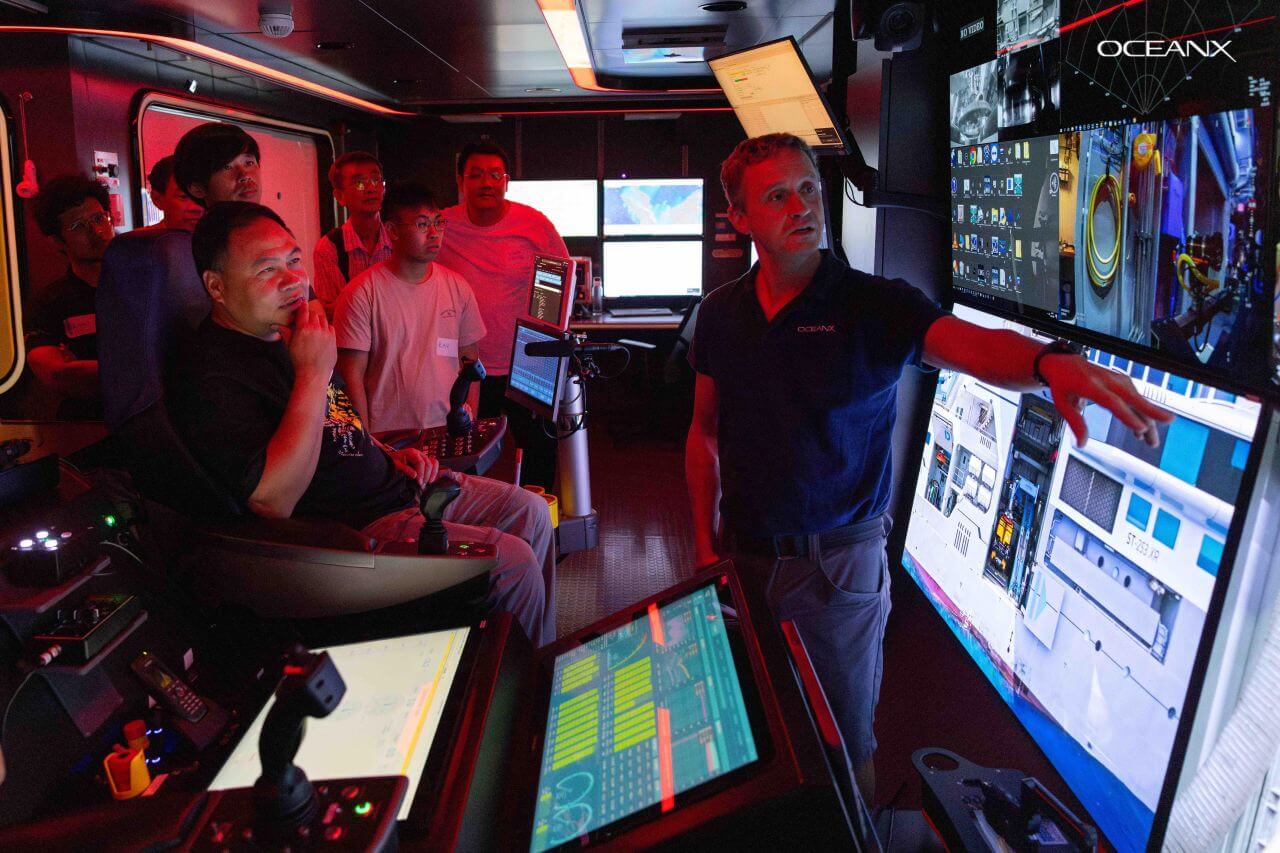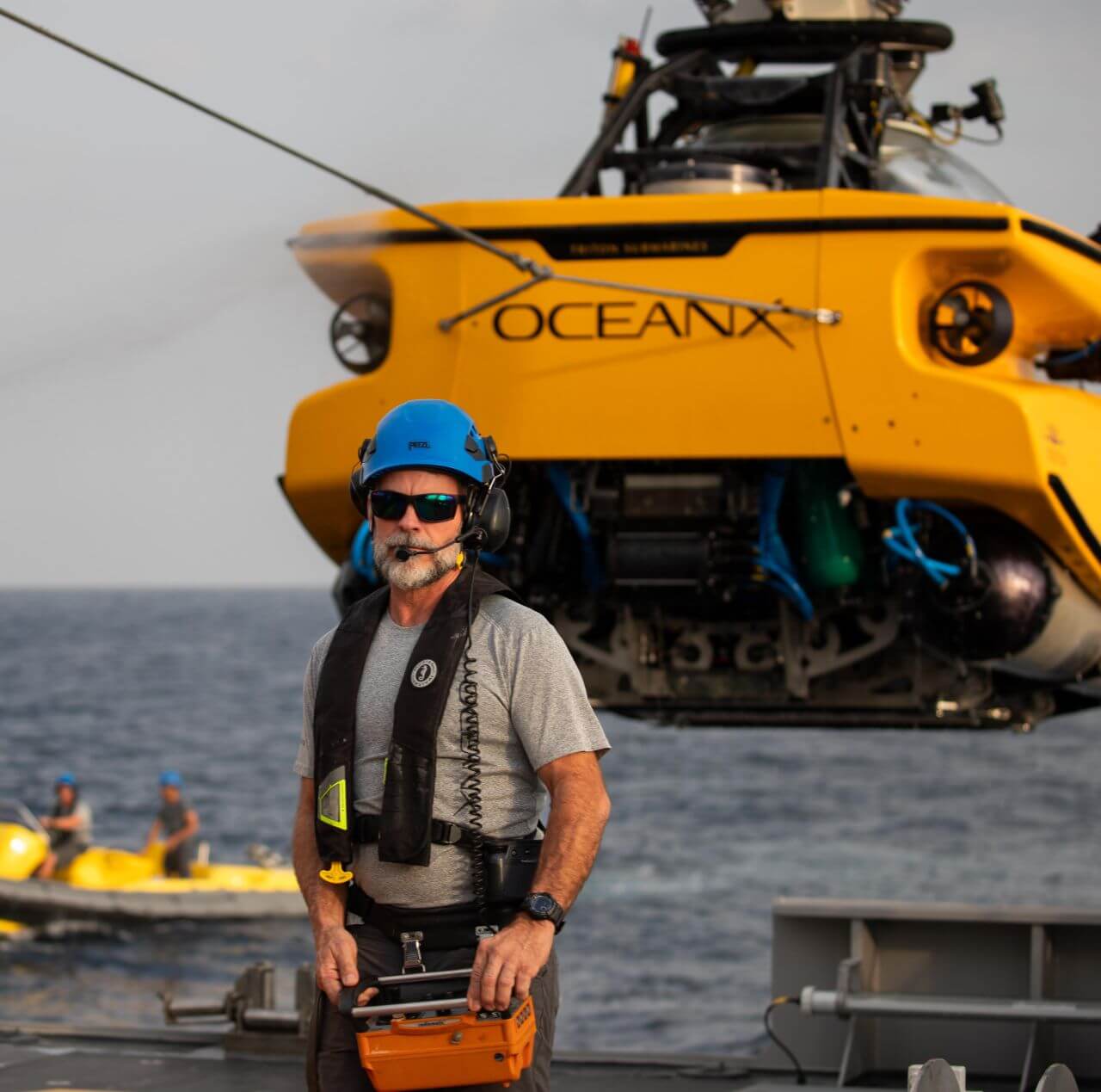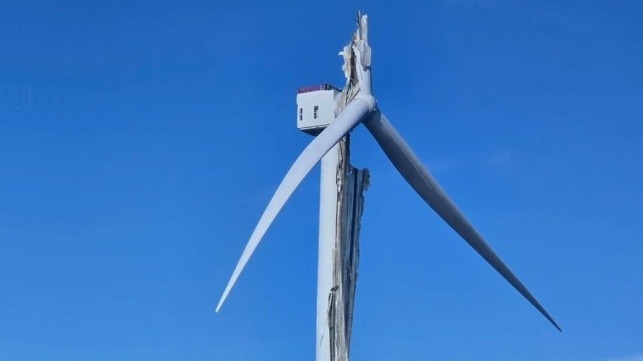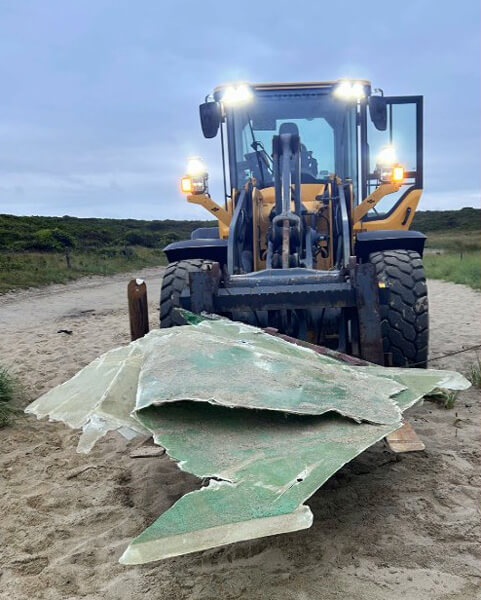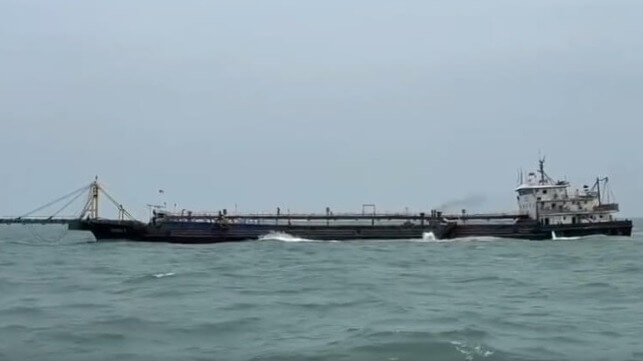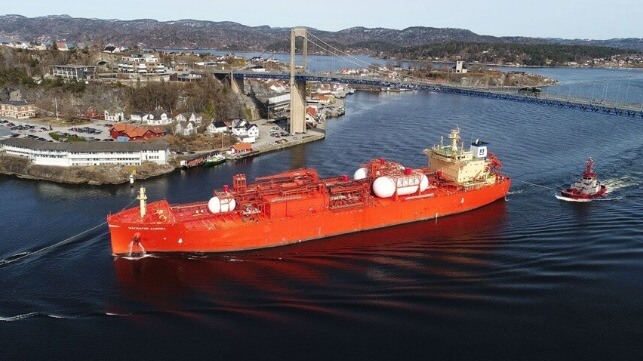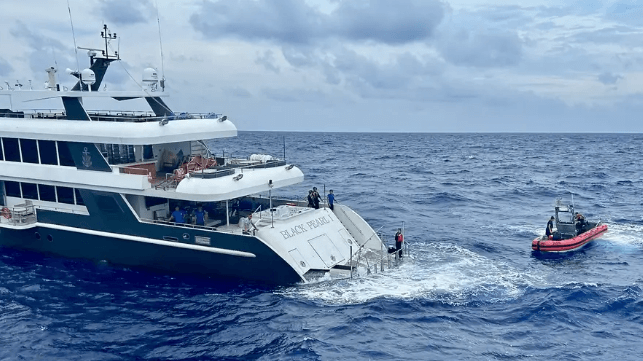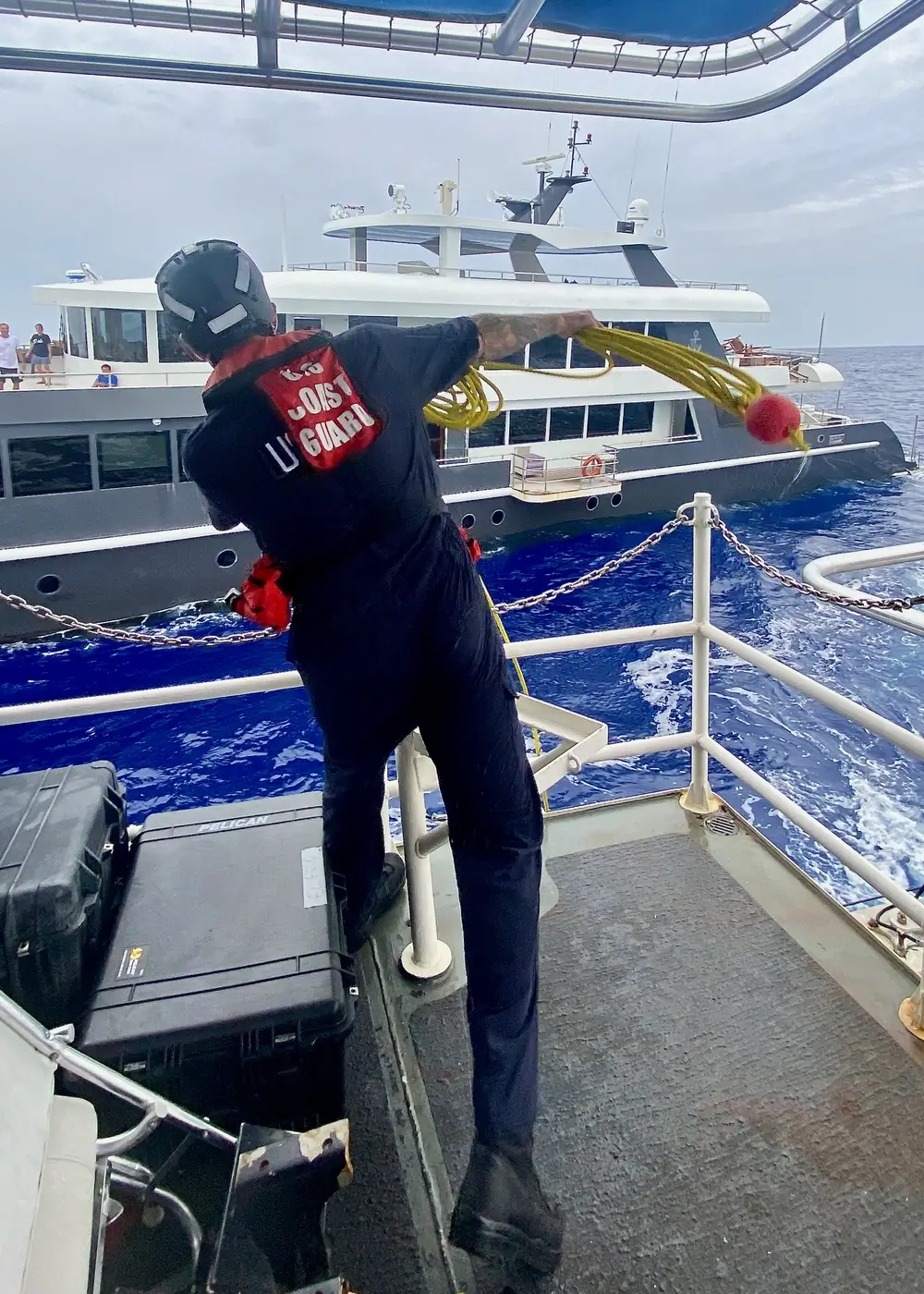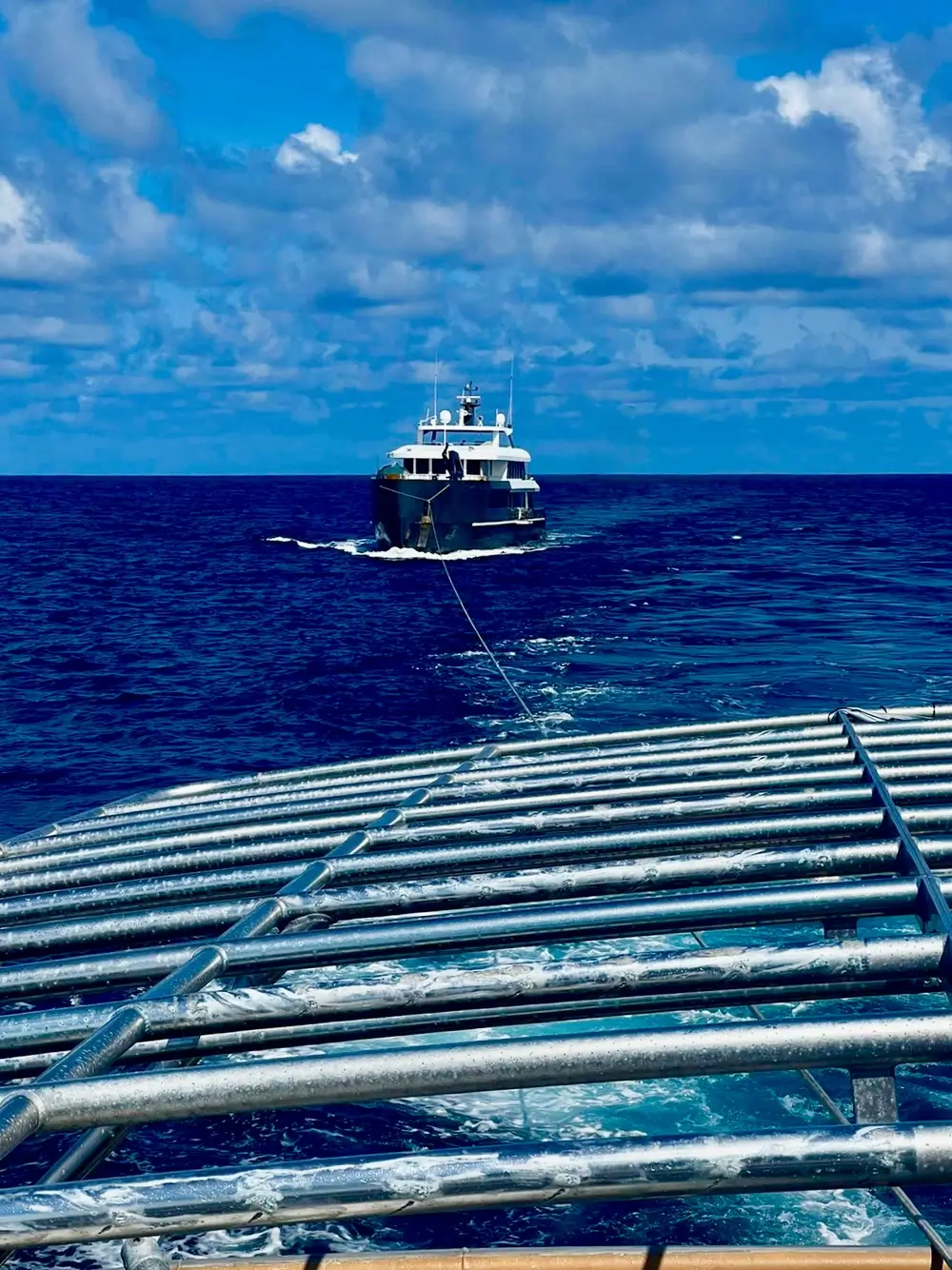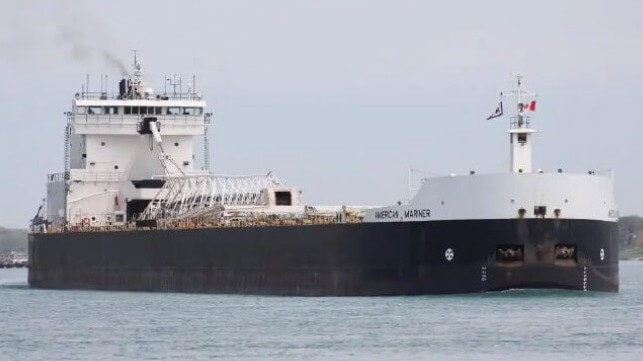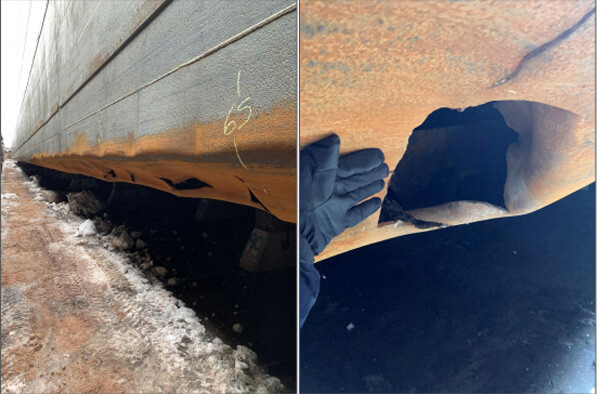Amanda Stutt | July 24, 2024
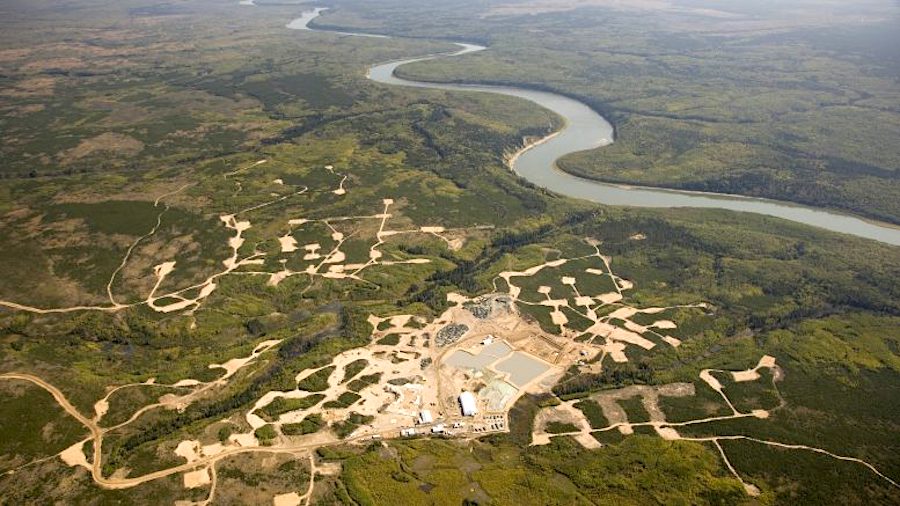
The Star-Orion diamond project in Saskatchewan. Credit: Star Diamond
Star Diamond Corp. (TSX: DIAM) announced Wednesday a significant increase in the estimated mineral resources for the Star-Orion South diamond project in Canada’s Saskatchewan province.

The company holds 100% in certain Fort à la Corne mineral dispositions, including the Star-Orion South project, which it says is the largest undeveloped diamond deposit in the world.
The mineral dispositions are located in the Fort à la Corne provincial forest of central Saskatchewan, near the highway and power lines, some 60 km east of the city of Prince Albert.
Indicated mineral resources on Star have increased 22% to 34.8 million carats and the grade has increased 20% to 19.4 cpht (carats per hundred tonnes). Indicated mineral resources on Orion South have increased 37% to 36.9 million carats, with a 32% increase in grade to 17.9 cpht.
Star Diamond said it has determined that no additional bulk sampling is required on the Orion South kimberlite for the estimation of the mineral resources, which results in the savings of tens of millions of dollars in exploration expenditures and speeds the completion of the pre-feasibility study (PFS).
“Our technical team and outside consultants have been working hard for the last year and a half to arrive at this incredible outcome,” Star Diamond CEO Ewan Mason said in Wednesday’s news release. “We intend to have a feasibility study completed by the end of 2026, with hopes that shovels could be in the ground within 3-5 years.”
A storied past
Exploration has been ongoing at Star-Orion for years, but the company only became sole owner in March of this year, acquiring Rio Tinto’s 75% interest in Fort à la Corne.
Although the explorer made peace with Rio Tinto Exploration Canada (RTEC) in 2021, the two companies faced off in court in 2020 due to a drawn out dispute over the development of what was once a joint diamond project.
The legal row stemmed from a 2017 earn-in deal under which Rio Tinto’s subsidiary RTEC committed to spend $75 million in phases to acquire 60% of the Star-Orion South project.
When RTEC exercised all its options simultaneously, Star Diamonds objected, alleging the the world’s second-largest miner did so to boost its stake at below market value.
“We ended up with 100% of it, plus C$100 million in machinery, equipment, and supplies, plus a 10-year environmental bond, plus C$4 million in cash. And for that, we gave them 17% of our stock, which is roughly C$8.5 million,” Mason told MINING.com in an interview.
Mason also said when Star Diamond and RTEC first entered the joint venture, the mining giant’s executives were eyeing new diamond projects to fill the gap that the aging Diavik mine in the Northwest Territories – which is running out of ore – would fill, but are now focused on expanding the company’s critical minerals portfolio.
Red tape
First discovered in the 1980s, in a forest environment, the site contains at least 70 kimberlite pipes, Mason said.
“We already have over 500 million tons of ore from just two kimberlite pipes. We’ve been at it 30 years, and we’ve extracted over 150,000 diamonds already, and we still haven’t built the mine.”
Mason said Star Diamond has already spent over a billion dollars on the late-stage project and the last PEA showed that it was going to kick off C$25 billion to the province over the first 34 years.
The diamonds that have been extracted so far are not on the market because the company is not permitted to sell them under Saskatchewan mining legislation until it has a mining permit.
Star Diamond had 160 diamonds from Fort à la Corne property cut and placed into the Black Rod of the Saskatchewan Legislature in Regina.
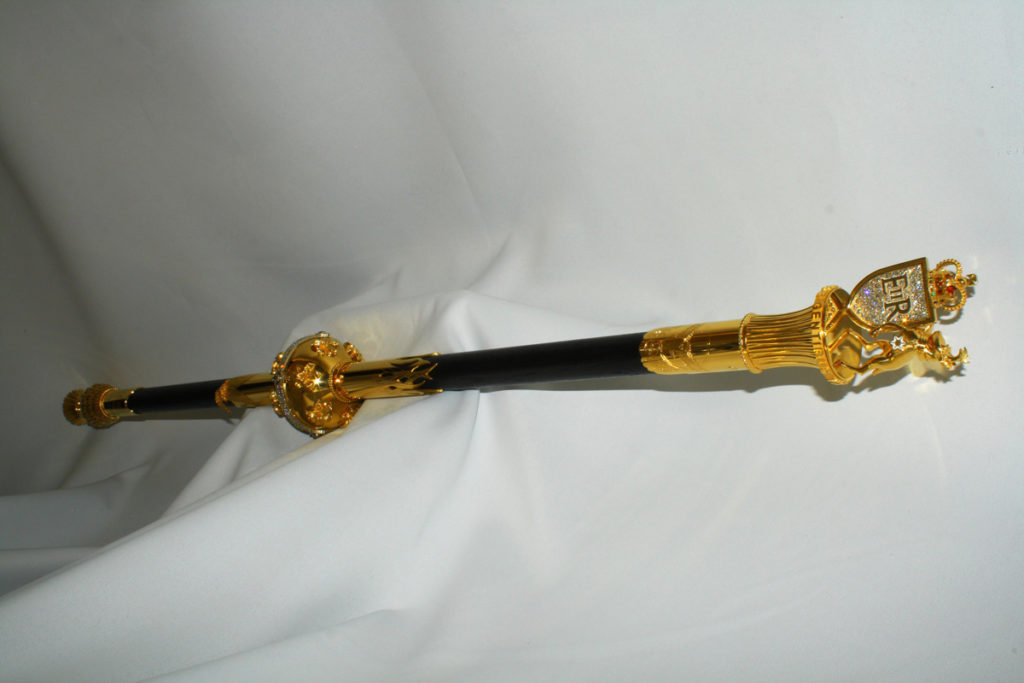
“We keep them in a bank vault, but we’ve started to take them out and cut and polish them and display them, and they’re magnificent,” Mason said.
Star Orion is a type 2a prevalent deposit, meaning high purity diamonds and contain no boron, Mason said.
“Not one of the mines operating now, or the ones that did operate, had type 2a. These diamonds are very rare and most mines around the world do not have them. Nobody in Canada has them,” Mason explained.
“We have extracted diamonds up to 50 carats so far, just in sampling, and some of those diamonds are worth over $100,000 each. It’s very high-quality deposit, there’s really nothing like it in the world, not even close.”
A (real) diamond is forever
While Mason believes lab diamonds have a place in the jewelry market, he pointed out that a synthetic diamond, “the second it leaves the store, is worth nothing.”
“They can make an infinite number of these diamonds. They have no resale value, so a lot of wholesalers are [saying] they’re garbage,” he said. “They say they’re chemically equivalent to an actual stone [because] it’s carbon, except that it’s not formed the same way. It’s not formed naturally. It’s not environmentally friendly by any stretch. Our mine will be all electric powered. It’s going to be at least carbon neutral, if not carbon negative.”
Mason said legacy diamond supply is down 15% over the last three years and by the end of this decade will be down even more.
“Where are you going to get the conflict-free diamonds that are not from Russia? Canada. And Russia produces 30% of diamonds that are for jewelry purposes right now and the West eats 70% of all diamonds for jewelry purposes.”
Indigenous engagement
Mason said the project is being built out on Cree Nation territory in Saskatchewan with the cooperation of the local community, and the company aims to provide ample opportunities for Indigenous employment.
Star Diamond chose the trademark “Kīwētin” (pronounced “kee-way-tin”), meaning north wind in the Cree language, for its Fort à la Corne diamonds.
“We’re at a very pivotal time in our country with respect to these types of projects,” Mason said.
“I think it’s the best province to be building a mine in Canada right now – and this is an exciting project – it’s going to be a market mover when it gets up and running.”
By market close in Toronto, Star Diamond’s stock was up over 8%. The company has a C$39 million ($28.2 million) market capitalization.
